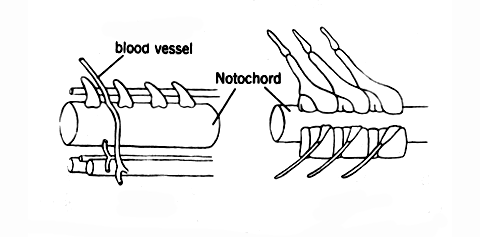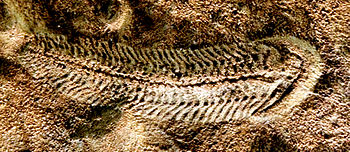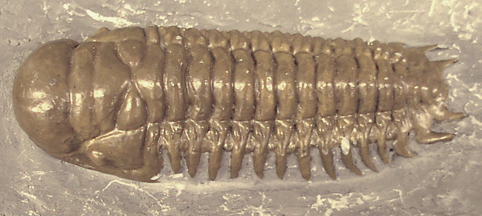Really? Pray tell, what are his “religious objections to the fossil record, genetics and evolutionary development”? I’ve been reading his articles and have yet to come across any “religious objections” at all, so I’m wondering where you got this idea.Günter seems completely unaware of the data I showed you. So I'm wondering why you think he's an expert. He's got religious objections to the fossil record, gentics, and evolutionary development.
What are you talking about? Gunter Bechly does not reject evolution! On the contrary, he is very much an evolutionist - he believes what the fossil records shows, that life-forms evolved over billions of years. Are you aware that it’s possible to accept evolution without being a Darwinist?Which is the usual reason for rejection of evolution. It’s always religious.
You’ve completely misunderstood what that article (cf post 46) says and have misrepresented Bechly’s position. When the article says, “And it shows no sign of insect evolution”, it is referring to Bechly’s finding that the first insects appear suddenly in the fossil record, with no sign of evolutionary ancestors. It’s not referring to what happened after insects appear in the fossil record - the article is not saying Bechly finds no sign of insect evolution after they appear in the fossil record!At least Drs. Wise and Wood are honest enough to admit the evidence. Let's check some of Günter's claims:
"And it shows no sign of insect evolution."
Sphecomyrma is an extinct genus of ants which existed in the Cretaceous approximately 79 to 92 million years ago. The first specimens were collected in 1966, found embedded in amber which had been exposed in the cliffs of Cliffwood, New Jersey, by Edmund Frey and his wife. In 1967, zoologists E. O. Wilson, Frank Carpenter and William L. Brown, Jr. published a paper describing and naming Sphecomyrma freyi. They described an ant with a mosaic of features—a mix of characteristics from modern ants and aculeate wasps. It possessed a metapleural gland, a feature unique to ants. Furthermore, it was wingless and had a petiole which was ant-like in form. The mandibles were short and wasp-like with only two teeth, the gaster was constricted, and the middle and hind legs had double tibial spurs. The antennae were, in form, midway between the wasps and ants, having a short first segment but a long flexible funiculus.
Sphecomyrma - Wikipedia
Note the date it was first found. Günter is 53 years behind the curve. And he's an "insect expert?" There are more insect examples, if you want to see them.
For Pete’s sake … When that article (cf post 46) says, “all the major animal phyla appear in the early Cambrian without precursors”, it means those Cambrian animals (found in the fossil deposit in China) appear suddenly in the fossil record, with no evolutionary, Precambrian ancestors.These, as your link says, are Cambrian, not Precambrian. As you learned, complex animals appeared long before the Cambrian. And even in the Cambrian, we see evolutionary changes from the early Cambrian to later Cambrian.
The article states that the fossils of “136 different kinds of animals”, over a wide diversity of phyla, were found, and that every of them appear suddenly in the Cambrian - ie, with no evidence of evolutionary ancestors in the PreCambrian. That is precisely why the Chinese paleontologists who made these findings criticize Darwinian theory - it fails to explain the sudden appearance of animals in the Cambrian.
Neither I, nor the article I quoted, claim that evolution did not occur after those animals appeared in the Cambrian. You’re barking up the wrong tree, yet again. I, and the folks who wrote the article, accept that evolution occured after animals appear in the fossil record … and we both accept that Darwinian theory fails to adequately explain the fossil record.





